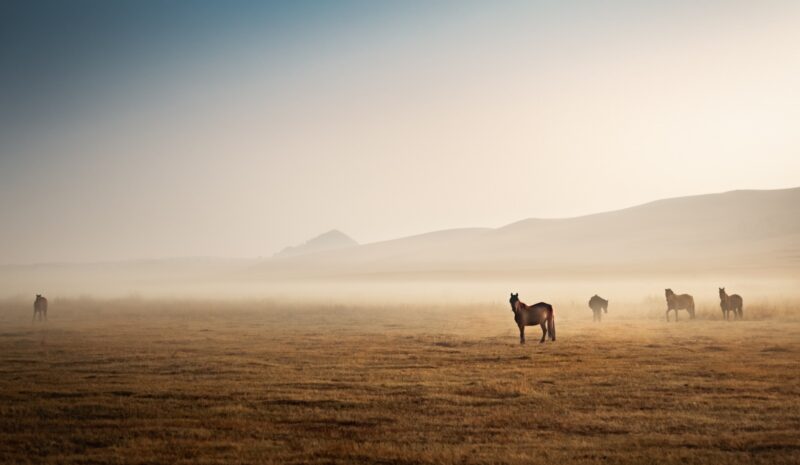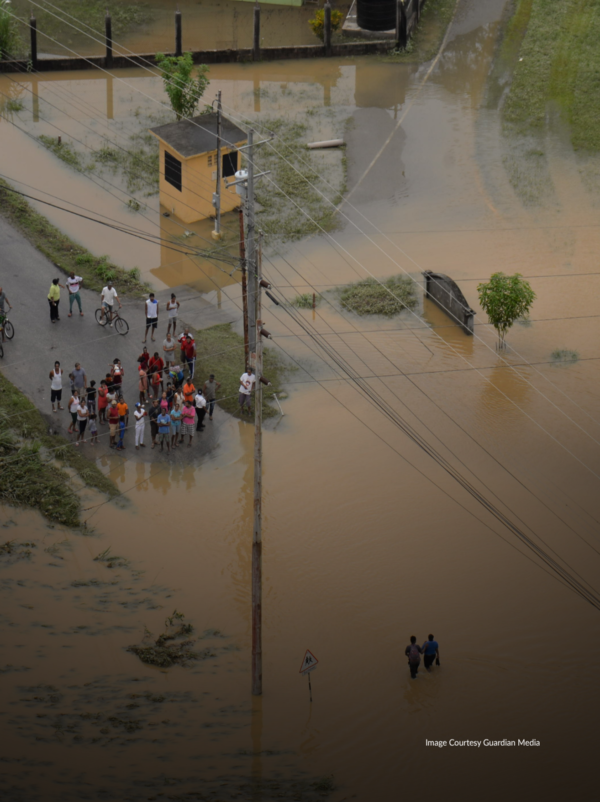When Shocks Become Persistent: Household-Level Asset Growth in the Aftermath of an Extreme Weather Event
Authors

With the increasing frequency and intensity of extreme weather events due to climate change, assessing the potential long-term effects of these events for affected households is critically important.
This study analyzes to what extent a one-off extreme weather event can have persistent effects on household-level asset growth. Our focus is on the effect of a once-in-50-year winter disaster on post-shock livestock accumulation among pastoralists in Mongolia. Building on a unique household panel dataset with three waves that we link to secondary climate and livestock census data, we investigate post-shock livestock dynamics 2-5 years after the disaster occurred. Using a Hausman-Taylor estimator, we show that the extreme event has a significant, negative, economically large, and persistent effect on households’ asset growth rates.
When analyzing potential underlying mechanisms, we find that households seek to mitigate the shock effect by reducing their livestock offtake to preserve their asset level. This effort is counteracted by a large, negative, and persistent shock effect on livestock fertility. In addition, the intensity of the extreme weather event is a strong predictor for abandoning the herding economy, which leads to lower overall welfare.
Taken together, our findings suggest that most households are unable to fully offset the effects of the extreme weather event through their own herd management behavior. Findings are robust to using various measures of shock intensity derived from different data sources.











